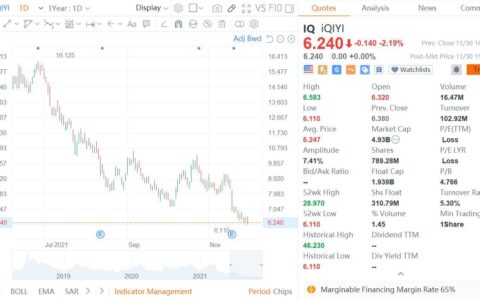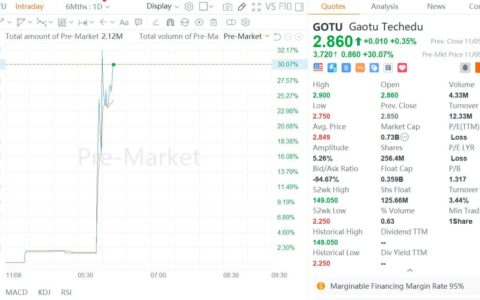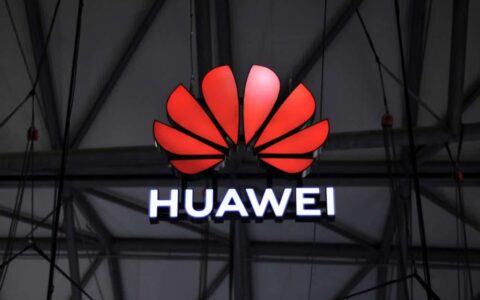In the past few years, Chinese smartphone brands have performed strongly in the Indian market, and they have accounted for 60% of the Indian market. Indian smartphone brands have basically failed.
Faced with the strong strength of Chinese mobile phone manufacturers, Indian local brands have begun to think about new survival strategies. Intex, the second largest local brand, said that it will provide mobile phone assembly services to Chinese manufacturers, according to Tencent Tech.
The report said that the strategic change of Indian mobile phone manufacturers can be called the latest case of a business rule -- "If you can't defeat them, join them".
In order to reverse the business, India's second largest smartphone brand, Intex, is planning to obtain OEM orders from Chinese manufacturers.
Keshav Bansal, the founder and director of Intex, said that given the recent uncertainties in international trade, some Chinese smartphone manufacturers are already negotiating with the company. The content is India helps these brands manufacture smartphones and then exports to the US market.
The executive believes that helping Chinese companies to manufacture mobile phones will be one of the key strategies to revive the company. In the past few years, Intex has been hit hard by Chinese brands such as Xiaomi, Oppo, Vivo, Realme in the Indian smartphone market.
According to a report submitted to the Government of India Company Registry, Intex's revenue in the 2018-2019 fiscal year was already only one third of that in the 2017 fiscal year. Compared with the previous fiscal year, operating revenue in FY2019 dropped sharply by 52% to only Rs 13.9 crore.
Due to the fierce competition of Chinese brands in the Indian mobile phone market, Intex's sales fell year-on-year after reaching a peak of Rs 62.33 crore in FY2016. The company has been profitable in the past, but had a net loss of Rs 281.3 crore in the previous fiscal year, compared to a net profit of Rs 13.8 crore in the 2017-2018 fiscal year.
An executive of another leading local mobile phone brand in India revealed that the company is also in talks with Chinese mobile phone brands regarding the foundry manufacturing business. The executive said that Indian mobile phone manufacturers that Chinese companies approach are those that have manufacturing plants in the country.
"It is difficult to compare with Chinese brands in terms of scale and speed. We cannot compete with China in terms of assembly costs. Without a patch assembly process, the assembly costs of Chinese brand feature phones are as low as Rs 30-35 per smartphone Assembly costs are as low as Rs 100-250 per unit, "said industry executives.
Mohit Yadav, an observer of the Indian smartphone industry, said that one-third of Intex's turnover comes from mobile phones, and the company is facing fierce competition from Chinese brands.
"This has led to a sharp decline in the company's revenue and net profit. Where Chinese companies dominate, the company can only fight for price, and now they need a new strategy to revitalize their business."
Bansal said that the entry of Chinese companies and Indian mobile operator Jio into the mobile phone market, coupled with predatory pricing by e-commerce companies, has led to a decline in revenue for all local mobile phone companies in India.
Jio is a telecommunications operator under the Indian capital Ambani. Relying on the substantial price reduction, Jio entered the market and became the largest user operator in just a few years. The company also entered the mobile phone market and introduced highly competitive prices. Products, especially feature phones that are cheap but have access to 4G networks.
Bansal said that Intex has plans to launch new products beyond smartphones in 2020, such as artificial intelligence, smart home and office solutions, security surveillance products, personal care, smart watches and fitness bands.
In the third quarter of this year, the share of Indian mobile phone brands in the smartphone market has fallen to less than 3%, compared to 8% in the same period last year. Xiaomi, Samsung, Vivo, Realme, and Oppo control a total of 87%. Above the market. Among them, China ’s four major mobile phone brands have gained 70% share, and Samsung Electronics has gained nearly 20% share.
Due to the insufficient national consumption power of India, feature phones that are gradually withdrawing from the world still have a huge market in India. Indian local brands have gradually lost their share in the smart phone field. However, in the feature phone market, Indian local brands Lava and Karbonn have now entered Top five.
In recent years, the global smartphone market has gradually fallen into a state of saturation and shrinking. Global market sales have continued to decline. Samsung, Apple and other companies have also declined. Against this background, India, which still has huge growth potential, Focus market for big manufacturers fierce competition.
Previously, under the powerful "siege" of Chinese brands, Samsung Electronics' market share dropped significantly. Soon, Samsung Electronics learned the practices of Chinese companies in the Indian market, launched high-quality mid-to-low-end mobile phones with high cost-effectiveness, and increased the use of With discounted sales on commercial platforms, Samsung has gradually established itself. In the past few quarters, Samsung Electronics and Xiaomi's share has been very tight, and the number one seat has also been exchanged from time to time.
In order to avoid the Indian government's tariffs on imported smartphones, almost all Chinese smartphone brands entering India have achieved localized production, further reducing manufacturing and logistics costs. In response, Samsung Electronics has also started to build one of the world's largest smartphone manufacturing bases in India, with a reported annual output of 120 million units.
The Indian Cellular Communications Association previously predicted that by 2020, the production of smartphones in India's local factories will reach 500 million units, which will exceed local market demand and gradually export to overseas.







